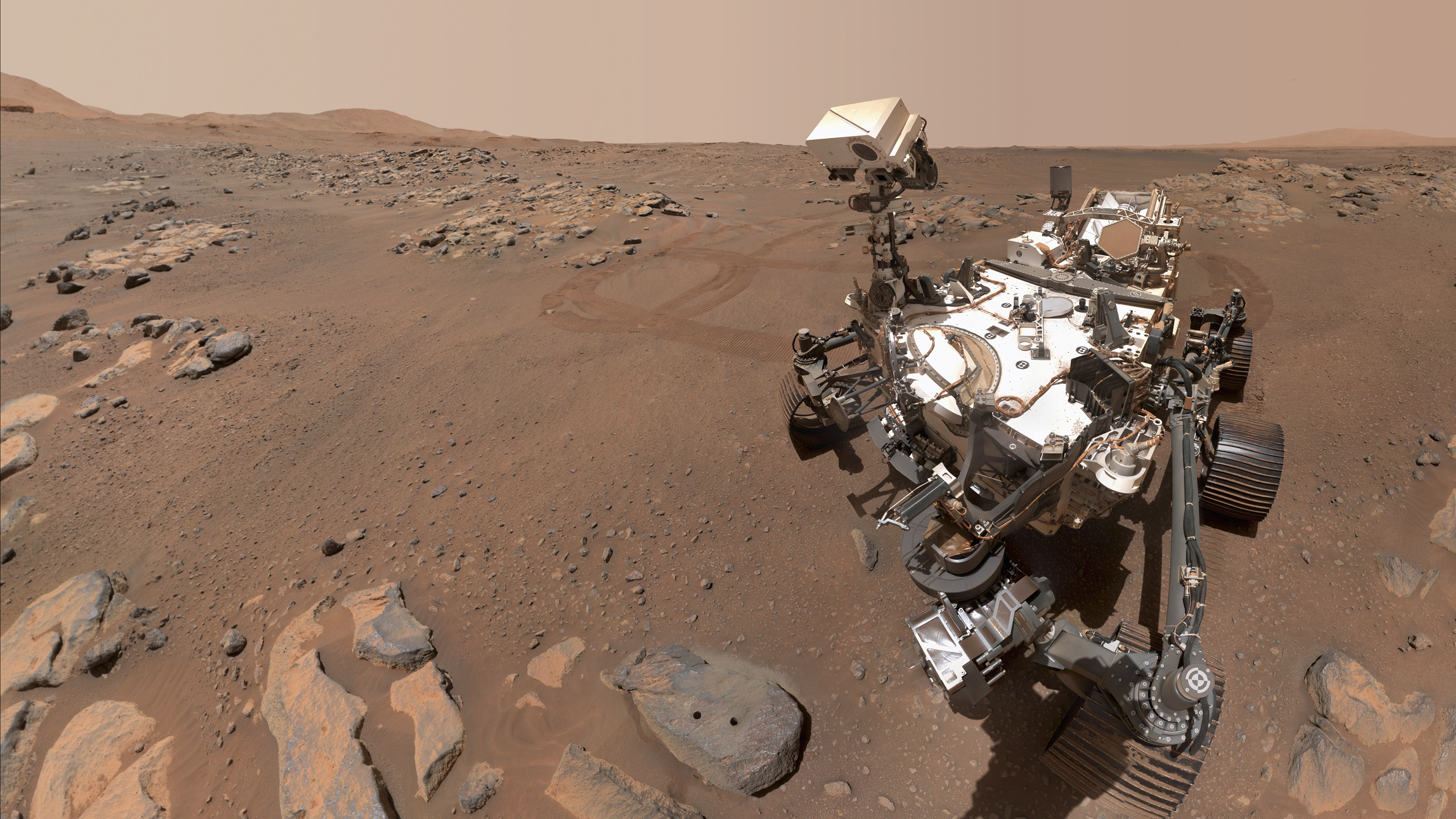
Image: NASA/USGS
Image: NASA/JPL
Image: NASA/JPL
Image: NASA/JPL
Image: NASA/JPL
Image: NASA/JPL
Image: NASA/JPL
Image: NASA/JPL
Image: NASA/JPL
Image: NASA/JPL-Caltech/USGS
Image: NASA/JPL-Caltech/MSSS
Image: NASA/JPL-Caltech/MSSS
Image: NASA/JPL-Caltech/University of Arizona
Image: ESA/DLR/FU Berlin/Bill Dunford
Image: NASA/JPL-Caltech/MSSS/JHU-APL
Image: NASA/JPL-Caltech/MSSS
Image: NASA/JPL-Caltech

